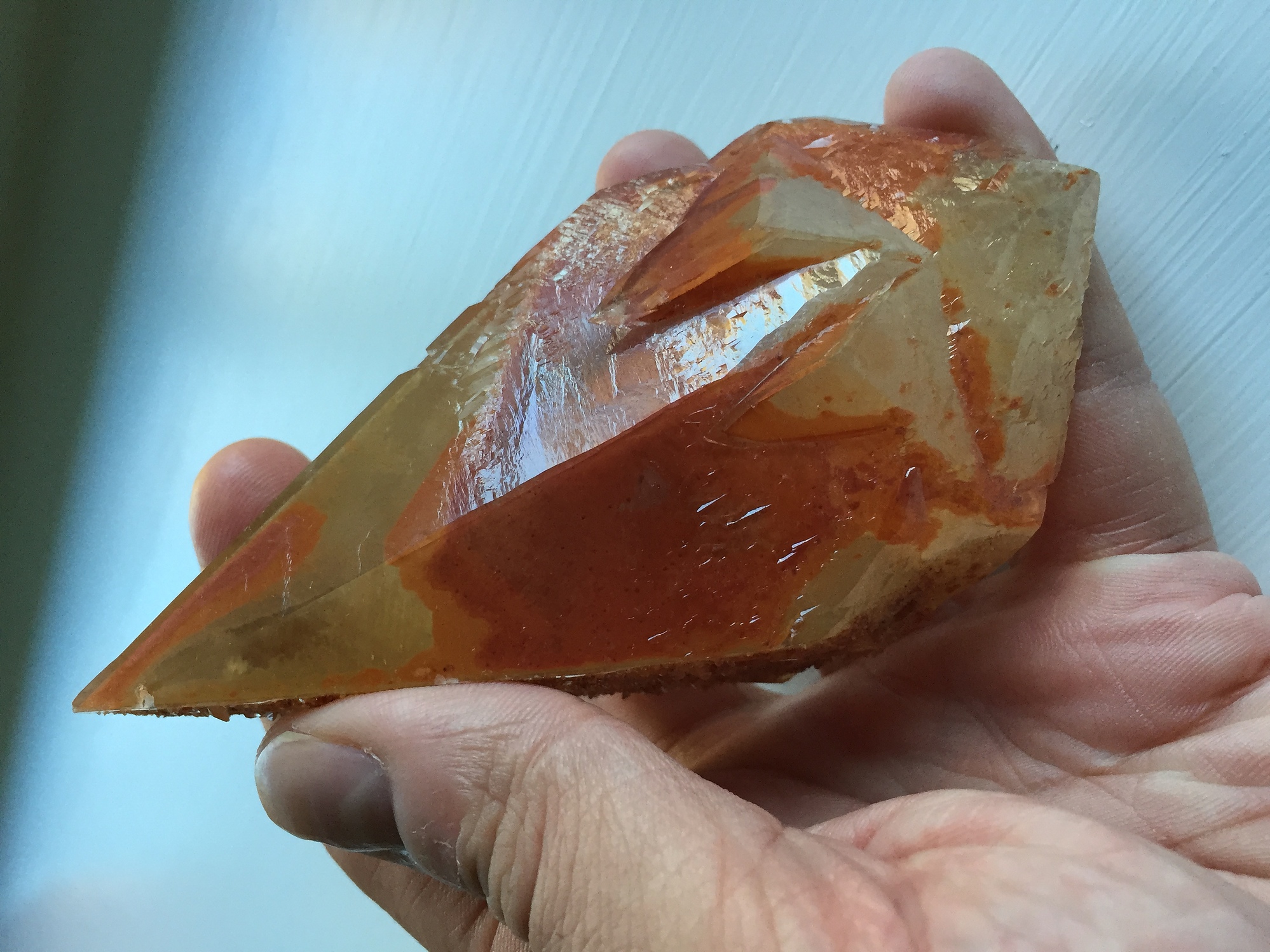Home PageAbout MindatThe Mindat ManualHistory of MindatCopyright StatusWho We AreContact UsAdvertise on Mindat
Donate to MindatCorporate SponsorshipSponsor a PageSponsored PagesMindat AdvertisersAdvertise on Mindat
Learning CenterWhat is a mineral?The most common minerals on earthInformation for EducatorsMindat ArticlesThe ElementsThe Rock H. Currier Digital LibraryGeologic Time
Minerals by PropertiesMinerals by ChemistryAdvanced Locality SearchRandom MineralRandom LocalitySearch by minIDLocalities Near MeSearch ArticlesSearch GlossaryMore Search Options
The Mindat ManualAdd a New PhotoRate PhotosLocality Edit ReportCoordinate Completion ReportAdd Glossary Item
Mining CompaniesStatisticsUsersMineral MuseumsClubs & OrganizationsMineral Shows & EventsThe Mindat DirectoryDevice SettingsThe Mineral Quiz
Photo SearchPhoto GalleriesSearch by ColorNew Photos TodayNew Photos YesterdayMembers' Photo GalleriesPast Photo of the Day GalleryPhotography
╳Discussions
💬 Home🔎 Search📅 LatestGroups
EducationOpen discussion area.Fakes & FraudsOpen discussion area.Field CollectingOpen discussion area.FossilsOpen discussion area.Gems and GemologyOpen discussion area.GeneralOpen discussion area.How to ContributeOpen discussion area.Identity HelpOpen discussion area.Improving Mindat.orgOpen discussion area.LocalitiesOpen discussion area.Lost and Stolen SpecimensOpen discussion area.MarketplaceOpen discussion area.MeteoritesOpen discussion area.Mindat ProductsOpen discussion area.Mineral ExchangesOpen discussion area.Mineral PhotographyOpen discussion area.Mineral ShowsOpen discussion area.Mineralogical ClassificationOpen discussion area.Mineralogy CourseOpen discussion area.MineralsOpen discussion area.Minerals and MuseumsOpen discussion area.PhotosOpen discussion area.Techniques for CollectorsOpen discussion area.The Rock H. Currier Digital LibraryOpen discussion area.UV MineralsOpen discussion area.Recent Images in Discussions
Identity HelpHelp Identifying locality for red calcite

10th Nov 2017 20:12 UTCEdward Bayley
I am a big collector of US calcite specimens, especially Missouri. When I came across this piece, the hunch was that it is from Missouri, possibly Fletcher Mine. Fletcher had the Red Phantom Pocket in 1998 and the Red Calcite Pocket in 1999. However, I've seen a few red phantoms from Fletcher and the surface characteristics and the depth of the red clay inclusions do not really check out, nor does the twin plane. As far as the Red Calcite Pocket goes, I have not seen as much of that material to be certain.
At the same time, I do not want to narrow my search too much, after all, it may not be from Missouri at all.
Details: 11cm tip to base, 5cm at widest point. There is a twin plane {001}. The red clay inclusions are 1-2mm below the surface. 4/6 of the crystal faces have high luster while two adjacent faces feature microcrystalline scalenohedrons. There are no phantoms within, just the superficial red inclusions. No signs of matrix.
Thanks for your help!
Regards,
Ed Bayley


10th Nov 2017 21:20 UTCBob Harman
Best dip the broken end of the base in vinegar for only (!) 10 - 15 seconds. If iron oxide staining, the color will rapidly change, lightening up a bit without otherwise damaging the crystal itself. CHEERS.......BOB

10th Nov 2017 21:42 UTCEdward Bayley
10th Nov 2017 22:02 UTCMatt Neuzil Expert
11th Nov 2017 20:18 UTCKevin Conroy Manager
It doesn't look like any of the Fletcher Mine calcites that I've seen. The reddish color reminds me of some of the calcites from Chenzhou Prefecture, China, However, I don't recall seeing the color on a scalenohedral crystal quite like yours.
Kevin

11th Nov 2017 22:26 UTCEdward Bayley




Mindat.org is an outreach project of the Hudson Institute of Mineralogy, a 501(c)(3) not-for-profit organization.
Copyright © mindat.org and the Hudson Institute of Mineralogy 1993-2024, except where stated. Most political location boundaries are © OpenStreetMap contributors. Mindat.org relies on the contributions of thousands of members and supporters. Founded in 2000 by Jolyon Ralph.
Privacy Policy - Terms & Conditions - Contact Us / DMCA issues - Report a bug/vulnerability Current server date and time: April 25, 2024 16:13:04
Copyright © mindat.org and the Hudson Institute of Mineralogy 1993-2024, except where stated. Most political location boundaries are © OpenStreetMap contributors. Mindat.org relies on the contributions of thousands of members and supporters. Founded in 2000 by Jolyon Ralph.
Privacy Policy - Terms & Conditions - Contact Us / DMCA issues - Report a bug/vulnerability Current server date and time: April 25, 2024 16:13:04















